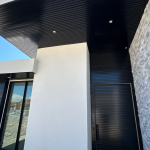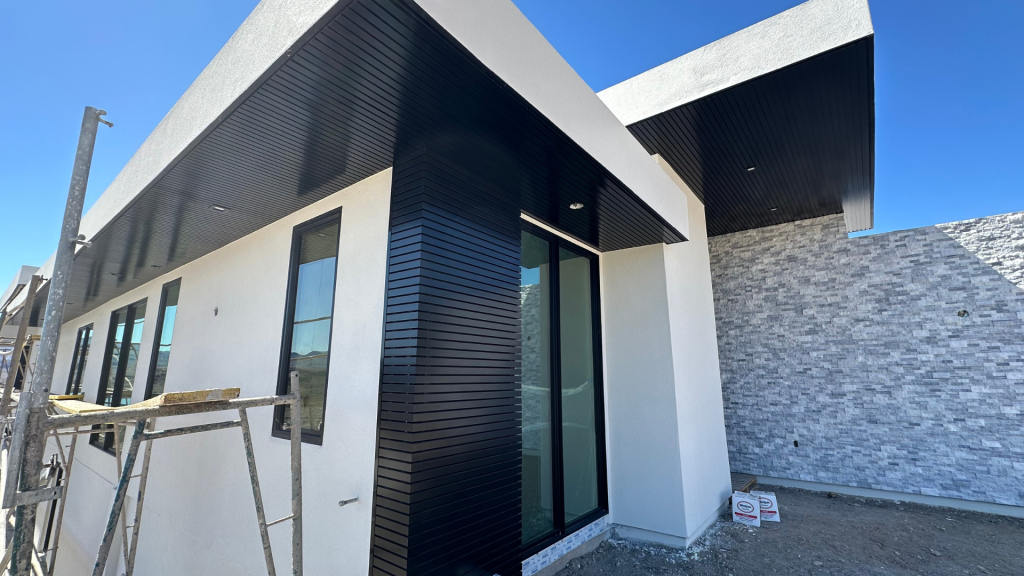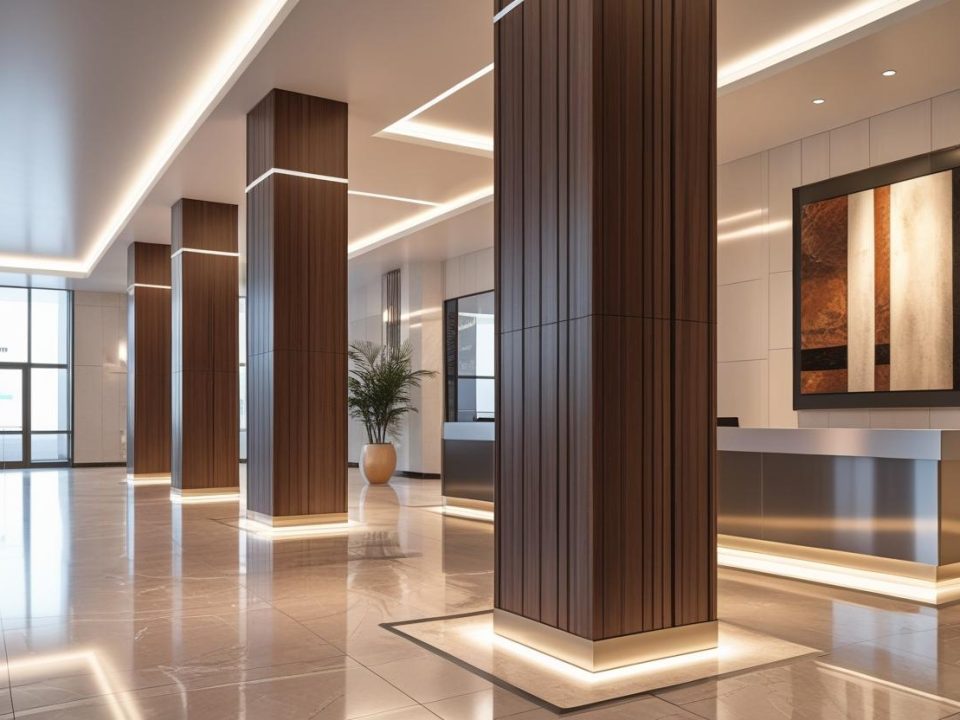
Aluminum Cladding for Harsh Climates: 8 Best Practices

7 Innovative Uses of Aluminum in Modern Architecture

In the dynamic world of construction, efficiency, cost-effectiveness, and sustainability are key considerations that drive material choices.
Aluminum cladding emerges as a standout option, offering a blend of aesthetic appeal and practical benefits that make it particularly attractive from an economic standpoint.
Let’s explore the reasons why incorporating aluminum cladding in construction projects can lead to substantial economic advantages.
1. Cost-Effectiveness
Aluminum cladding is highly regarded for its cost-effectiveness. Initially, while the upfront costs may seem comparable to other cladding materials, the long-term savings it offers makes it an economically wise choice.
Its durability means that aluminum cladding maintains its integrity and appearance over many years with minimal maintenance.
Unlike materials such as wood, which may require frequent treatments and can deteriorate over time due to environmental factors, aluminum stands up to the elements remarkably well, ensuring that maintenance costs remain low.
This durability translates into fewer replacements and repairs, stretching the value of the initial investment over a longer period.
2. Installation Efficiency
Another economic benefit of aluminum cladding is the efficiency of its installation. Aluminum is lightweight, which simplifies the handling and installation process, reducing labor costs and speeding up project timelines.
Systems like the Click-Profile cladding systems further enhance this efficiency, designed to be easily and quickly installed without specialized tools or extensive labor.
This not only cuts down on installation costs but also reduces the downtime for buildings undergoing renovation or construction, allowing businesses to resume normal operations faster and minimizing lost revenue due to extended construction periods.
3. Energy Efficiency
From an operational standpoint, aluminum cladding offers excellent thermal insulation properties that contribute to reduced energy costs.
The cladding acts as a thermal barrier, helping to keep buildings warmer in the winter and cooler in the summer. This insulation capability reduces the reliance on heating and cooling systems, lowering energy consumption and, consequently, the utility expenses of a building.
Moreover, aluminum reflects radiant heat, which helps maintain consistent interior temperatures. This energy efficiency not only leads to cost savings but also aligns with green building standards, potentially qualifying buildings for energy certifications and incentives.
4. Recyclability and Environmental Impact
The recyclability of aluminum cladding presents significant economic advantages linked to environmental sustainability. Aluminum can be recycled indefinitely without loss of quality, reducing the need for new raw materials and the costs associated with their extraction and processing.
This attribute makes aluminum a more sustainable choice and can lead to cost reductions associated with waste management.
Furthermore, using recycled aluminum saves a significant amount of energy and resources compared to producing new aluminum, aspects that are becoming increasingly financially favorable as global emphasis on sustainable practices grows.
5. Aesthetic and Functional Flexibility
Aluminum cladding also provides economic benefits through its aesthetic and functional flexibility. Available in a variety of finishes, colors, and textures, aluminum can be customized to meet any design specification, enhancing the visual appeal of a building without imposing additional costs.
This versatility can increase property values and attract tenants or buyers, proving economically beneficial for property developers and owners. Additionally, the ability to integrate features such as sound insulation and fire resistance adds functional value that can save costs associated with installing separate systems.
Aluminum cladding stands out for its corrosion resistance, which is critical in regions with high humidity or pollution.
The natural oxide coating that forms on aluminum protects it from rusting and degradation, ensuring it maintains its appearance and functionality over the years. This property helps reduce maintenance and replacement costs, making it a cost-effective choice for buildings exposed to harsh environmental conditions.
Its fire-resistant nature is another significant advantage. Aluminum itself is non-combustible, and modern cladding systems often incorporate fire-retardant cores or materials that meet stringent safety standards.
This minimizes the spread of flames and reduces potential damage, offering increased safety and peace of mind while protecting property and investments.
Moreover, the lightweight nature of aluminum translates to easier handling and installation. It significantly reduces the load on the building’s structure, providing greater design flexibility and reducing structural costs.
Projects can be completed faster, with less labor required, while facilitating streamlined logistics and reduced transportation expenses.
Finally, the adaptability of aluminum cladding allows it to withstand extreme temperatures and environmental changes without warping or cracking. It accommodates building movement and thermal expansion, which prevents structural damage and ensures long-term resilience.
This adaptability, combined with the material’s resilience against environmental factors, makes aluminum cladding a sustainable and economical option, ensuring that buildings remain safe, efficient, and visually appealing for years to come.
Conclusion
The economic advantages of using aluminum cladding in construction are clear and multifaceted. From cost savings on maintenance and energy to the efficiencies of installation and the sustainability of materials, aluminum cladding stands out as a smart economic choice for modern construction projects.
Its durability, combined with excellent thermal and aesthetic properties, provides real financial benefits that make it a preferred choice for builders and architects.
The energy savings achieved through its excellent insulation properties add another layer of financial benefit, as buildings can maintain consistent interior temperatures more efficiently.
This directly translates into lower heating and cooling expenses, providing immediate and sustained financial relief.
Furthermore, the sustainability of aluminum as a material bolsters its economic appeal. Its recyclability ensures that it can be reused repeatedly without sacrificing quality, reducing the environmental impact and offering potential savings for developers conscious of sustainable practices.
When you choose GTO Aluminum for your cladding needs, you’re securing a top-tier solution.





